
What are emollients in hair products
What are emollients in hair products, An emollient is a word that you may hear often in the cosmetic world but what exactly does it mean?
Also, what part does it play in your hair care? And how do you recognize it on the product label anyway? I’ll give you a quick explanation and for your convenience a cheat sheet.
The term emollient is probably most appropriate for use in skin care applications, but it has been incorporated into the hair care vocabulary, which is often a source of confusion.
An emollient skin care ingredient is one that has good spreadability onto the skin, where it forms an evenly distributed film that softens and smoothes the surface without feeling greasy or tacky.
So, if we extrapolate those properties to hair care, we can assert that an emollient for hair should easily form a smooth, even film on the surface of the hair, should soften the hair, and should not yield an unpleasant sticky or greasy texture.
More specifically, emollients for hair are usually hydrophobic oils that form films on the surface of the hair, where they often act as anti-humectants or sealers.
They are lubricants and provide increased slip (decreased drag) between adjacent hair strands, which makes detangling much easier.
They also reduce tangling in general by smoothing and flattening the cuticle surface, which can also add shine and gloss to the hair.
The best ones impart a soft, silky feel to tresses, while lesser ones may weigh it down or make it feel greasy.
Some can penetrate the interior structures of the hair and act as plasticizers, improving elasticity, toughness, and suppleness.
How do i use emollients in hair products
Hydrophobic oils are commonly used as this type of emollients, they form films on the hair’s surface and perform as sealers or anti-humectants. Other uses include:
- They are lubricants
- They add a better slip in between hair strands
- They make hair detangling easier
- They smooth and flatten the cuticle surface
- They improve the hair’s shine and feel
Watch the video below to learn why the ingredients matter in hair products
Where to Find Emollients for Hair?
Emollients are ingredients that soften and moisturize dry hair or irritated skin. These are mostly oils and other fats that enhance the ability of hair to lock water in.
Frizzy and unmanageable hair means the lack of emollients. These substances occur mainly in hair masks and conditioners and protecting products for hair ends.
Emollients include argan oil, olive oil, mineral oils, Shea butter, jojoba oil and silicones.
types of emollients in hair products
1. Natural Vegetable Oils and Butters
The largest and most popular group of emollients. You must match natural oils and butters to your hair structure and porosity.
They give the best and most effective hair regenerating and nourishing substances. Apart from the intensified protection and a thin microscopic layer on hair surface, they deliver lots of minerals, vitamins, nutrients and valuable fatty acids to the inside of hair.
That is why both oils and butters should be included in hair care for good. Hair oil treatment – done at least once a week – shields and beautifies hair, protecting the lipid coat as well as provides an in-depth nourishment.
2. Silicones
The group of polymers that work on hair surface, creating a delicate protective film. They gift hair with a smooth layer that conditions and beautifies even the most damaged and over-processed hair.
Silicones are emollients that can be found in hairstyling lotions, sprays and mousses, and heat protection products that should be applied before blow-dry or straightening routine.
In hair care, you should go for silicones that are easily washed off. In this way, they won’t build up on hair surface and weigh strands down.
It is worth mentioning that silicones are divided into as many as four groups: volatile silicones that evaporate from hair surface; light silicones washed away with water; silicones washed off with a mild shampoo; heavy silicones that are hard to remove without SLS shampoos (irritative, comedogenic). You’d better avoid heavy silicones in your hair care.
3. Wax
It belongs to the group of emollients that have a solid consistency. It is heavier than plant butters. Wax is not so easy to apply yet it is appreciated for its conditioning, protecting and softening properties for hair.
Wax can be plant or animal derived. Bees wax is the most popular emollient in this category. It is added to hair balms and conditioners, and even to mascaras because it amazingly increases shine.
An equally popular lanolin is another animal-derived emollient. Lanolin protects sheep wool from wetting. It has gained popularity as its structure is similar to lipids found on the surface of human skin.
Jojoba is a very interesting wax, commonly known as an oil. It is a fluid plant-derived wax. Jojoba contains fatty acids, which makes it similar to oils.
This emollient is extraordinary as it includes a unique ingredient – squalane – that has a similar structure to human sebum. That is why jojoba prevents both the excessive oiliness and dryness of hair and scalp.
4. Fatty Alcohols
All long-chain alcohols that neither harm hair nor dehydrate it. Instead, they condition, moisturise and bind water molecules, keeping water inside.
Thanks to fatty alcohols, hair stays soft and elastic, becomes smooth, delicate and easy to comb out. They belong to the group of so-called good alcohols that can or even should be included in an everyday hair care.
The most popular fatty acids: glycerol, cetyl alcohol, alcohol, cetearyl alcohol, lauryl alcohol, stearic acid, myristyl alcohol.
5. Paraffin and Petroleum Derivatives
Paraffin is an emollient obtained through the distillation of petroleum. They are natural.
Paraffin – long-chain saturated hydrocarbons that make up a colorless and odourless liquid, a bit greasy. It is neutral so it does not cause irritations or allergic reactions.
Paraffin is an excellent shine-boosting and moisturising hair product; it locks in water and protects from environmental pollution. It is common in hair care.
Why? Paraffin creates an extremely strong and effective barrier. It is an amazing ingredient of products that protect hair ends from damage.
As an emollient, paraffin is highly popular among women as it smoothes hair and adds shine after the very first use. It is an instant hair enhancer.
Liquid paraffin – known for ages as a fast-working substance for boosting hair body. Sadly, it can irritate the scalp so you can leave it in maximum 20 minutes.
Because it slightly warms up the scalp and increases blood flow, the regular use can speed up hair growth. Liquid paraffin leaves a layer on hair surface – it keeps proper moisture and makes hair bouncy and less static.
6. Film-Forming Polymers
The last group mentioned. Polymers do not contain conditioning ingredients. They are quite heavy and mostly chemically devised.
These emollients are most common in styling products as they deliver a good ‘hold’ and increase shine. Cleansing shampoos are best for washing polymers off.
If you use them too often, they can cause buildup on hair fibre. Luckily, the excess can be removed quickly while washing hair.
Conclusion
So, that was our post on emollients. Just remember to consider your hair’s characteristics when choosing an emollient and you’ll be fine.
For instance, let’s say that you have low porosity hair that is prone to frizz. But, if you also have thin strands /fine density, choose one of the lighter emollients or a blend.
I really hoped this article has helped you in some way. If you have any comments or questions leave them down below. And as always, my wish is for you to live life as happy as you can.
Until next time please checkout my other post about Gorilla Snot gel for curly hair
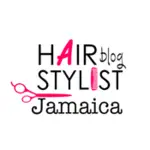

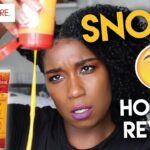

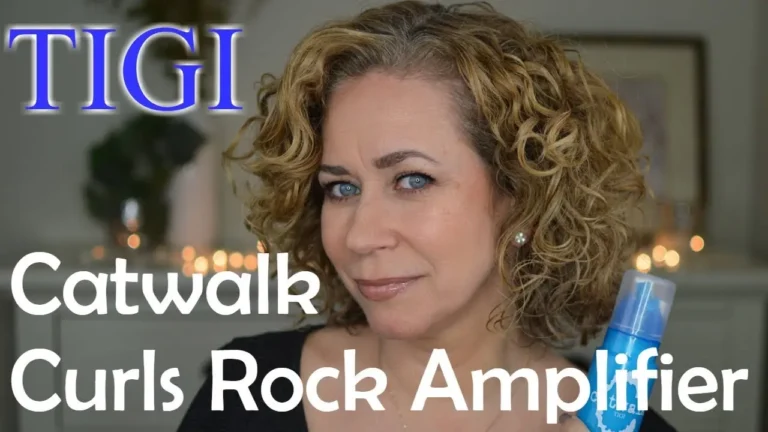
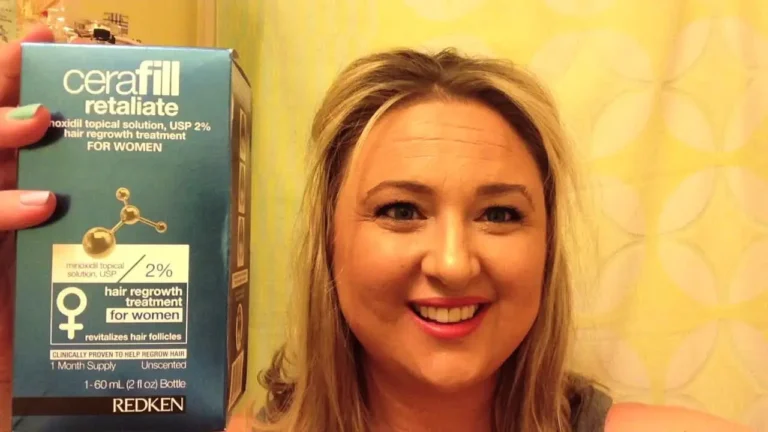
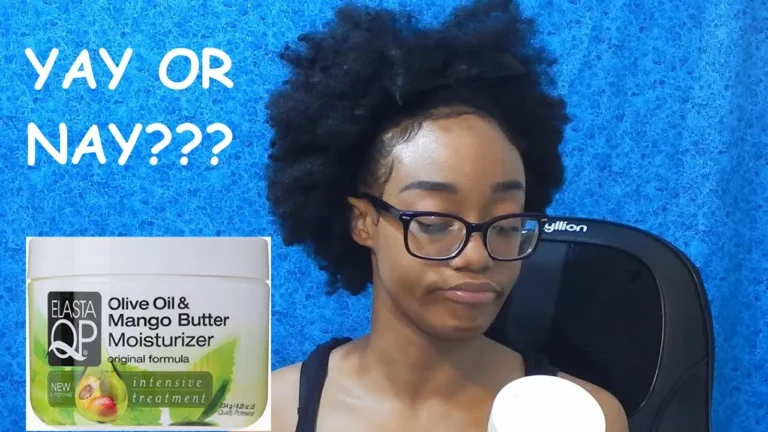

Comments are closed.